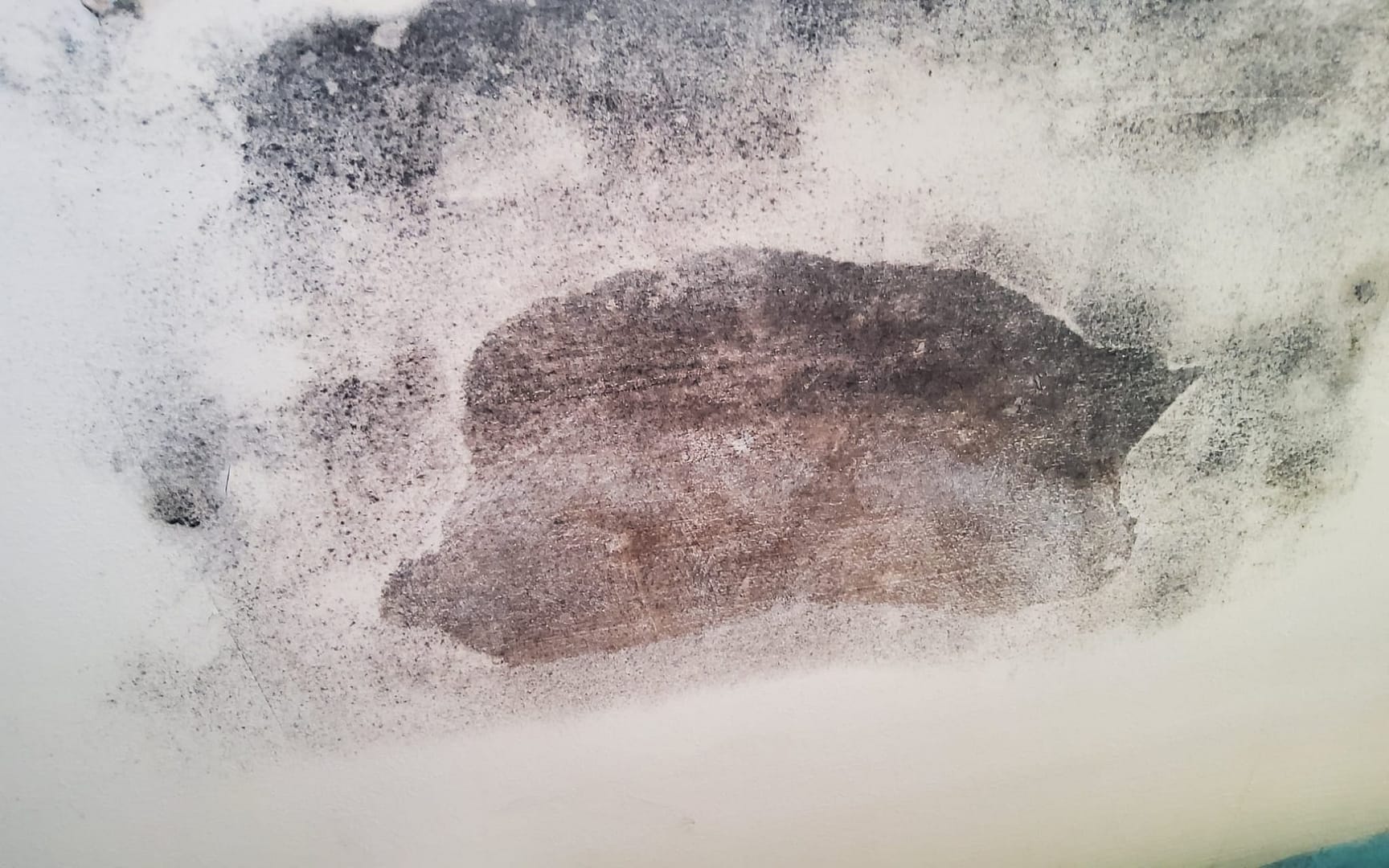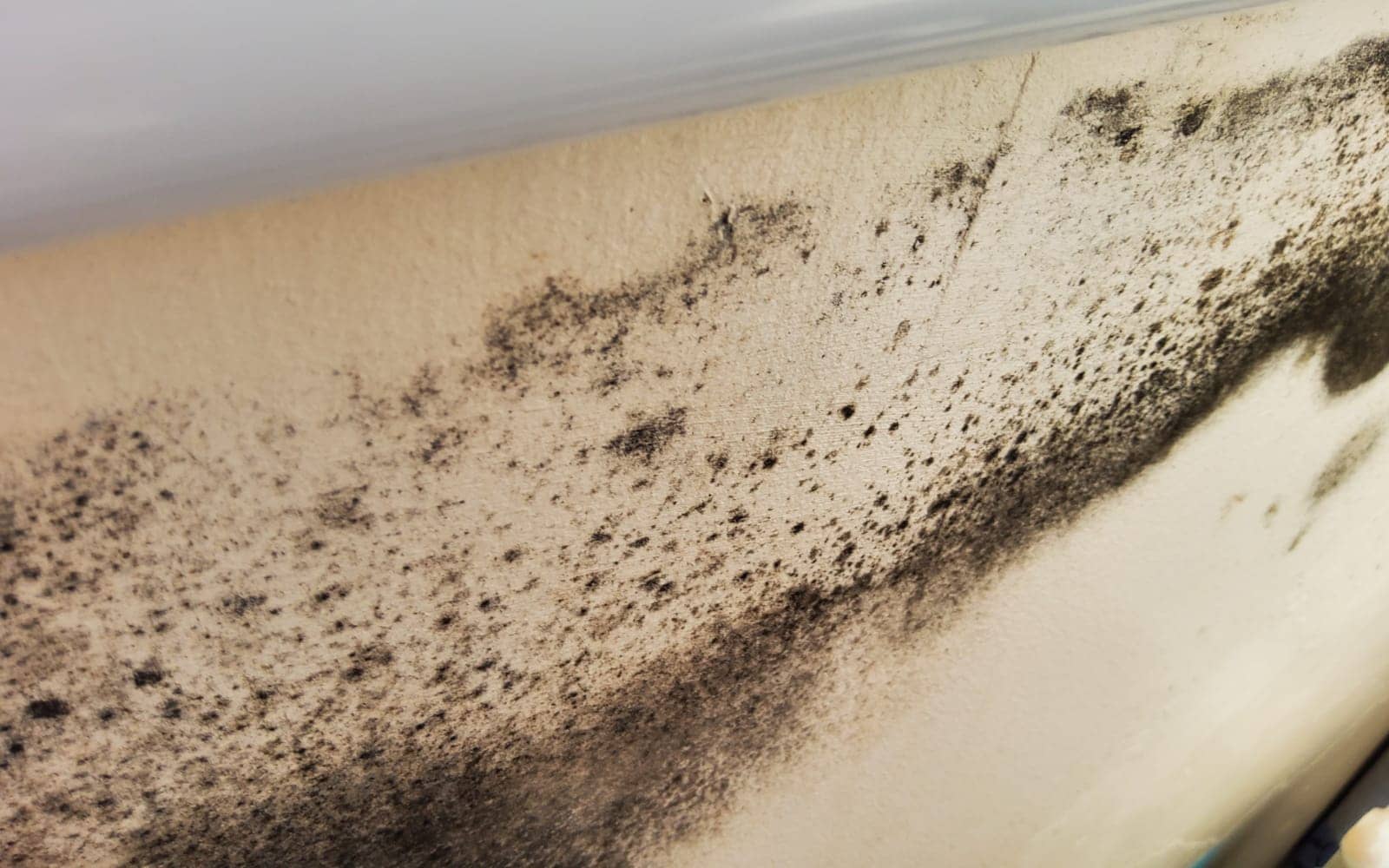Have you ever walked into a room and felt that peculiar musty smell, or perhaps noticed suspicious spots on the walls? The chances are that you’ve encountered the age-old culprits: dampness and mould. But here’s the million-dollar question that often leaves people scratching their heads: is damp and mould the same thing?
The Damp Dilemma
To kick things off, let’s get one thing straight – dampness and mould are not two peas in the same pod, but they do share a rather complex relationship. Imagine dampness as the mischievous sibling, always creating a mess, while mould is the unruly outcome of that chaos.
Dampness primarily refers to the excessive presence of moisture or water in a confined space. It’s the silent infiltrator that can sneak into your home through leaks, condensation, or rising damp. The result? That unpleasant feeling of clamminess, the kind you might associate with wet clothes clinging to your skin.
Now, let’s delve into the science of it. Dampness can manifest in various forms, such as penetrating damp, rising damp, or condensation. Each type has its unique characteristics, but they all share a common thread – an abundance of unwanted moisture.
The Menace of Mould
On the other hand, mould is the more visible and sinister sidekick of dampness. Think of it as dampness’s rebellious child, thriving in the damp environment created by its parents. Mould comes in various colours and forms, but the notorious black mould often steals the spotlight. So, is black mould the same as damp? Not quite.
Black mould, scientifically known as Stachybotrys chartarum, is a type of mould that thrives in damp and humid conditions. While dampness provides the nurturing ground, black mould itself is a specific type of fungus that produces mycotoxins. These mycotoxins can be harmful when inhaled, posing potential health risks.
Spotting the Difference
Now that we’ve laid the groundwork, how can you tell the difference between damp and mould? It’s a common conundrum, but fear not – there are clear indicators that can help you distinguish between the two.
Texture and Appearance
Damp patches on walls or ceilings often appear as water stains. They might be discoloured areas that feel wet or cold to the touch. On the contrary, mould manifests as fuzzy, sometimes slimy, spots that can vary in colour. Black mould, being the rebel it is, tends to stand out with its distinctive dark hue.
Smell Test
The nose knows! Dampness typically emits a musty odour, akin to wet earth or a damp basement. It’s the olfactory signal that something is not quite right. On the other hand, mould takes the scent game to another level. The musty odour intensifies, often described as an unpleasant, earthy smell. If you catch a whiff of something that makes your nose scrunch up, mould might be the culprit.
Surface Changes
While dampness can cause paint to peel or wallpaper to bubble, mould leaves its mark by discolouring surfaces. If you spot dark patches on your walls that seem to be spreading, it’s likely mould making its presence known.
Preventing the Duo of Damp and Mould
Understanding the difference is crucial, but prevention is the real key to maintaining a healthy home. Here are some tips to keep dampness and mould at bay:
Ventilation is Vital
Ensure proper ventilation in your home, especially in areas prone to moisture, like kitchens and bathrooms. Good airflow inhibits dampness and discourages mould growth.
Fix Leaks Promptly
Address any leaks promptly. Whether it’s a leaky roof, a plumbing issue, or a crack in the foundation, fixing it swiftly prevents the onset of dampness.
Monitor Indoor Humidity
Keep an eye on indoor humidity levels. Using a dehumidifier can be a game-changer in preventing excessive moisture that leads to both dampness and mould.
Regular Maintenance Checks
Perform regular checks around your home. Look for signs of dampness, such as water stains or wet patches, and take action before mould has a chance to settle in.
Making a Housing Disrepair Claim with National Claims
In the unfortunate event that dampness and mould have already taken residence in your home due to negligence or disrepair, National Claims is here to guide you through the process of making a claim. Our experienced team understands the nuances of property-related issues and can assist you in seeking compensation for damages incurred.

Conclusion
So, is damp and mould the same thing? No, they’re not, but they are undeniably intertwined. Dampness creates the stage, and mould takes the spotlight, posing potential risks to both your home and health. Understanding the difference empowers you to take the necessary steps for prevention and maintenance.
In the grand narrative of home ownership, battling dampness and mould is a chapter we all face. Armed with knowledge, a keen eye, and a good sense of smell, you can navigate this tale and ensure that your home remains a haven of health and happiness. After all, in the saga of dampness versus mould, you hold the pen. And if you find yourself in need of support, National Claims is ready to help you turn the page towards a healthier, mould-free home.
Start your claim today with the help of one of our claims specialists by contacting us.
Click below to see why we are one of the most trusted claims management companies in the UK.

We’re proud of our excellent customer reviews
We thrive on delivering exceptional service and ensuring our clients’ satisfaction. Don’t just take our word for it. Check out some of our independent reviews to see what our clients have to say.
Excellent

This firm is excellent, they sorted out my car pay out and injury claim very fast, they always communicate with you all the time.

My accident case was dealt with confidence and with great result of the outcome, especially James kept me informed all the time.

I was very impressed at the way my inquiry was treated. I was listened to attentively and everything I needed to know was explained to me.






